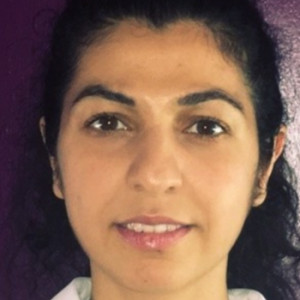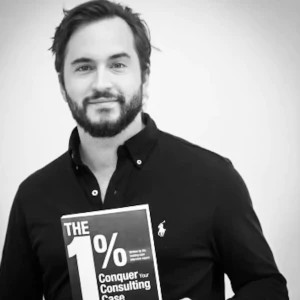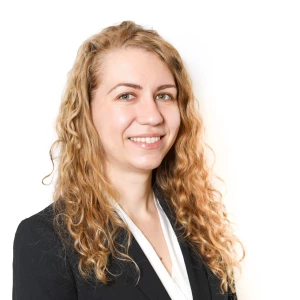Hi,
I´ve got a week until my second round Interview at McKinsey and one feedback I´ve gotten from the first round was to get better at identifying levers + focus on them.
Do you guys have any specific tips on resources/drills/exercises publicly available (for example like the case Interview fundamentals by crafting Cases) to specifically improve in that area and practive it?

















